Saudi Arabian Clothes Abaya Hijab Niqab Trends 2025
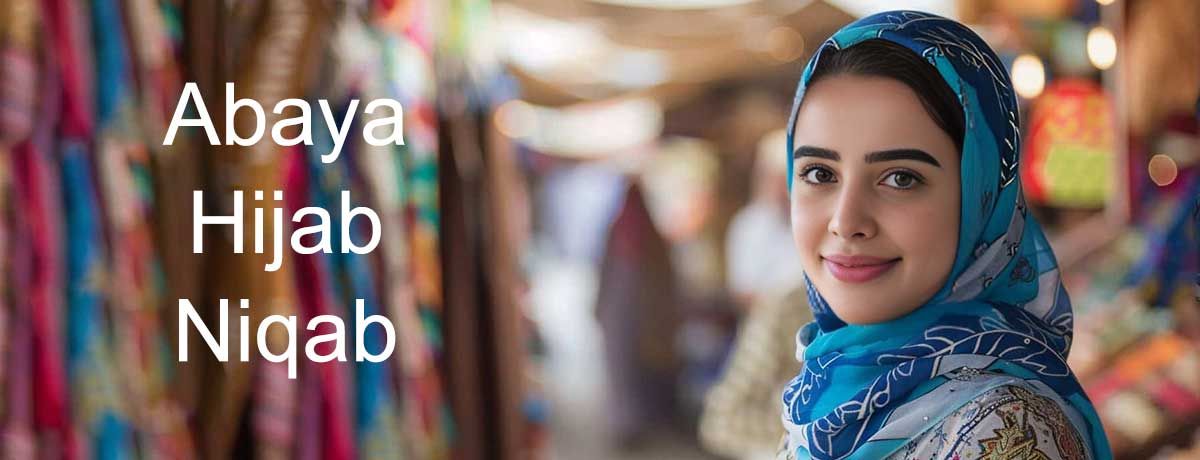
The traditional attire of Saudi Arabia is a direct reflection of its rich culture, heritage, and religious beliefs. Clothing in Saudi Arabia is shaped by the country’s traditions and the Islamic principle of modesty. With defined styles and fabrics that blend comfort and elegance, Saudi Arabian clothing is a fascinating subject. This blog aims to provide an in-depth look into the clothing types prevalent in the country, with a particular emphasis on abaya, hijab, and niqab, alongside their variations, fabrics, and modern trends.
Whether you're interested in cultural exploration, fashion, or sourcing textiles for abayas, understanding the nuances will provide valuable insight into Saudi Arabian attire.
Abaya - The Heart of Saudi Women's Clothing
The abaya is undoubtedly the most iconic garment worn by Saudi women. It is a long, loose-fitting robe designed to cover the entire body except for the face, hands, and feet. Traditionally black, abayas now come in many colors and designs.
Variations of the Abaya
Modern trends have introduced various abaya types, offering something for every occasion.
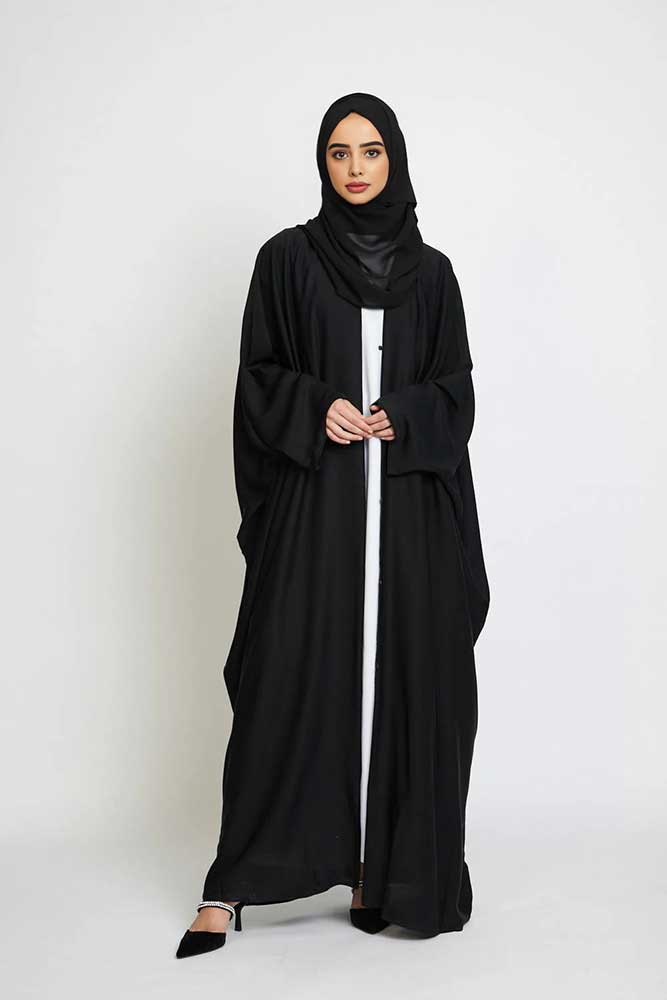
Open Abaya: Split-front abayas are worn open over inner dresses or outfits, combining traditional modesty with modern style.

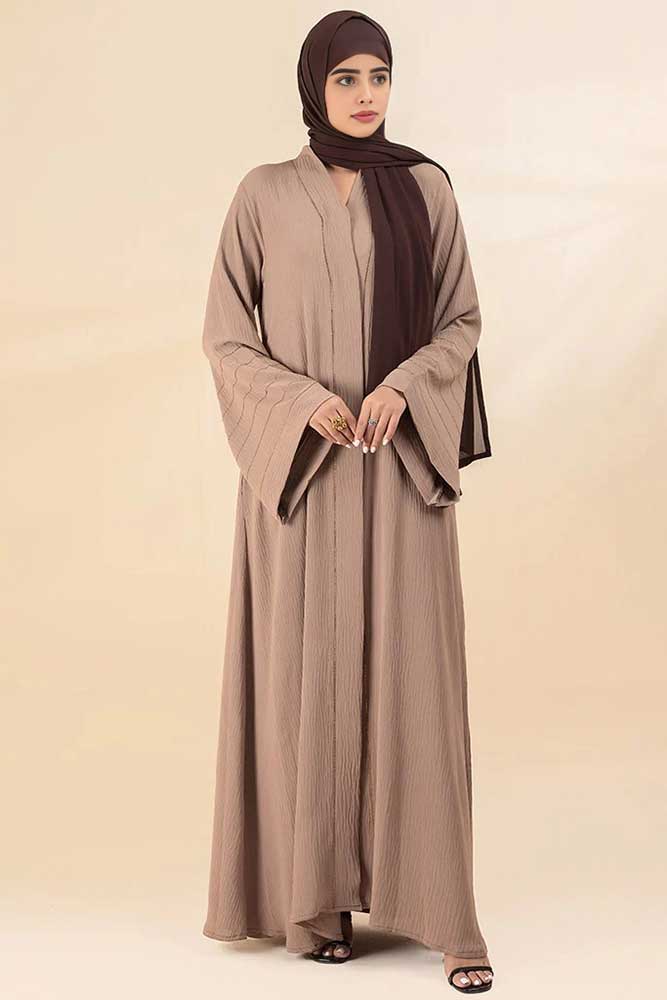
Kimono Abaya: a long, loose outer garment combining the Japanese kimono with the modern open-front abaya. It has wide sleeves, a relaxed fit, and often features embroidery or prints.
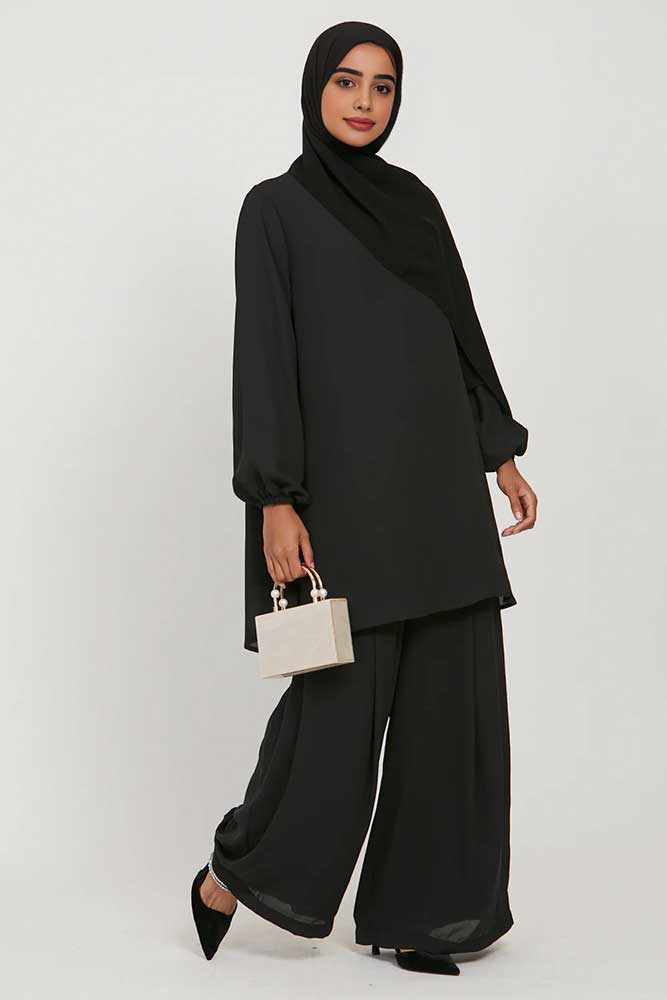
Pant Abaya: A "pant abaya" is a traditional loose-fitting abaya paired with slim-fit or palazzo-style trousers underneath.
Abaya Fabrics
The choice of fabric has a profound impact on the abaya's overall look. Avant-grade textile brands, such as MH brand, offer high-quality options that elevate the elegance of abayas. Frequently used fabrics include:
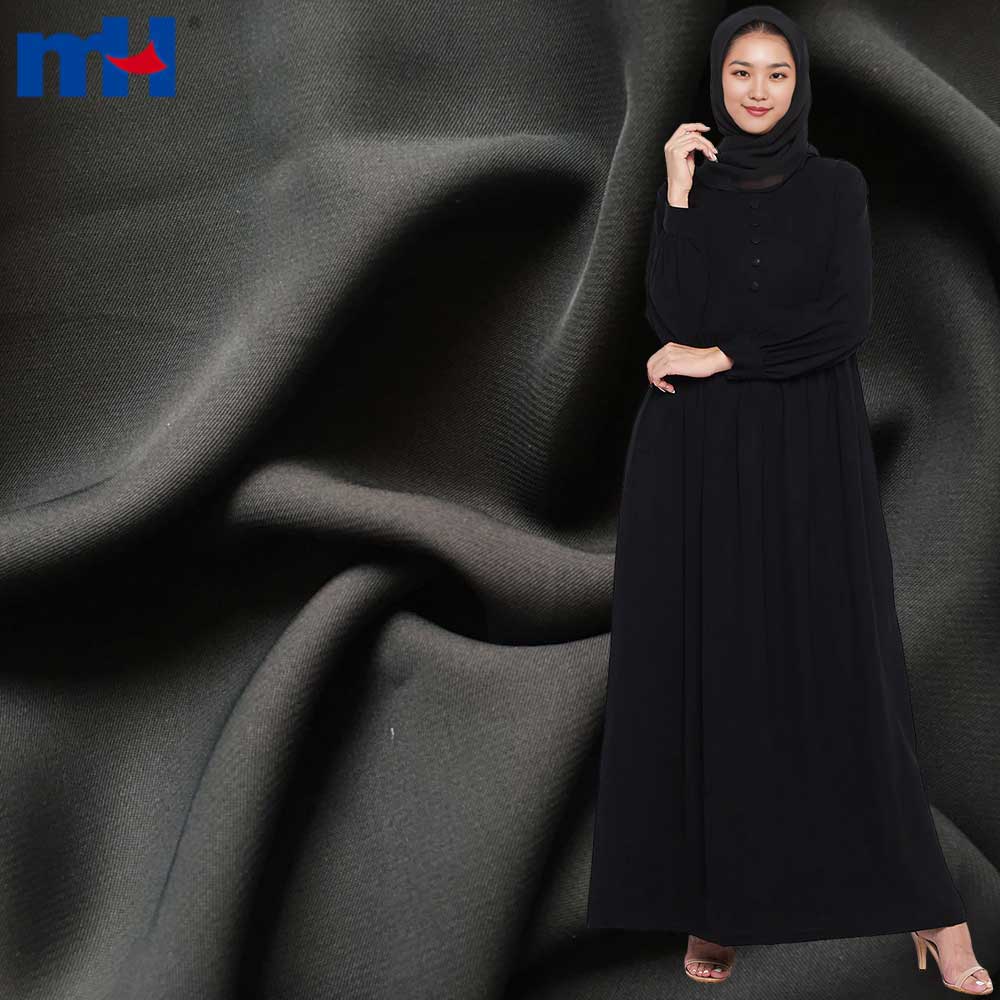
Nida Fabric – Lightweight with a silky smooth texture for premium abayas.
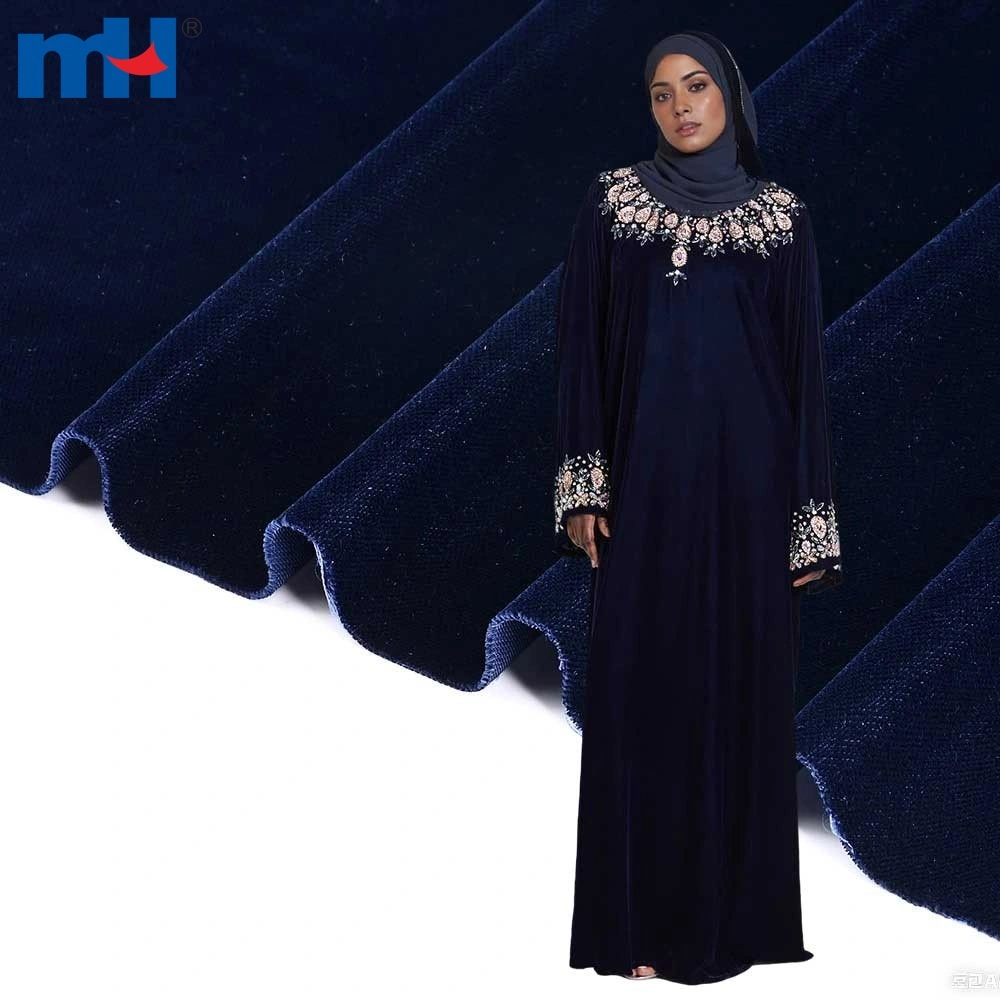
Micro Velvet is 100% polyester with fine, short fibers woven into a sturdy backing, giving it a soft, raised texture.
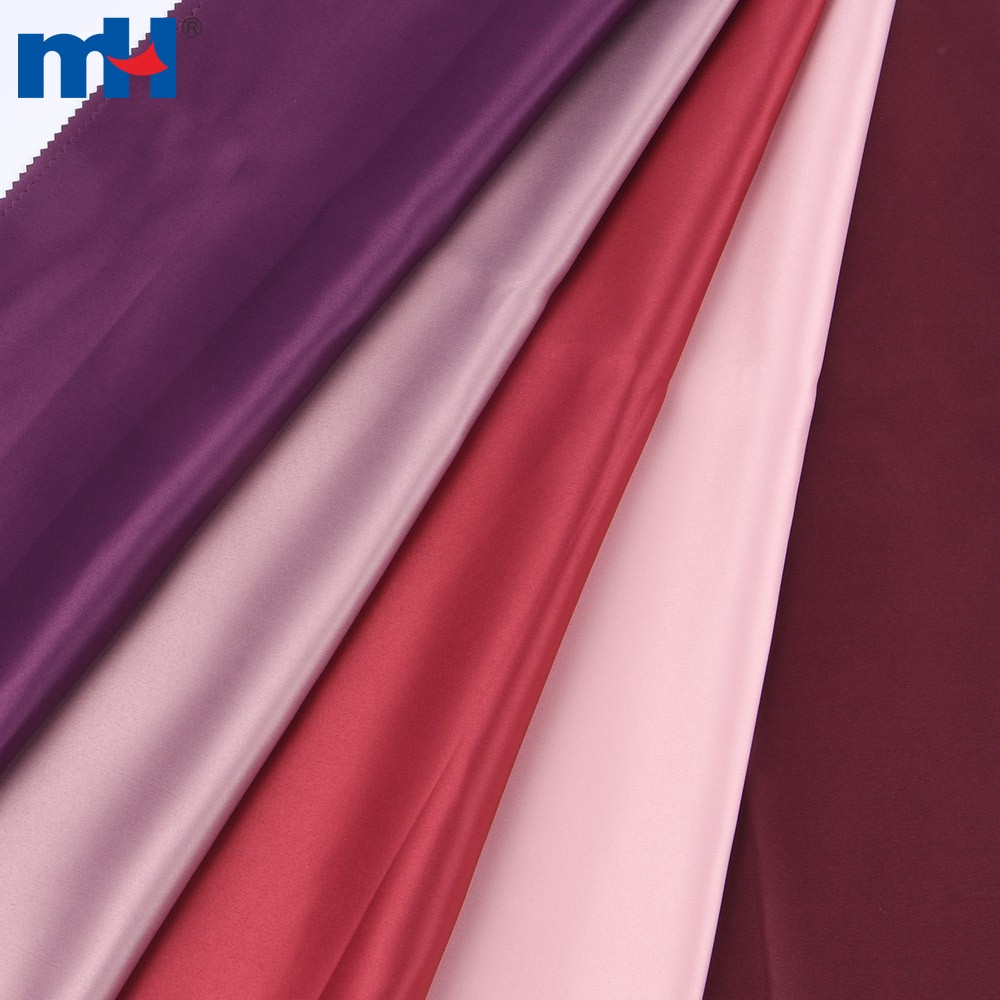
Satin or Silk – Primarily used for luxurious evening abayas.

Crepe fabric is a lightweight, versatile material with a crinkled surface that never goes out of style. Silk crepe stands out for its unmatched luxury and beauty.
The Influence of 2025 Abaya Trends
The latest trends in 2025 reveal a preference for muted pastel tones, eco-friendly fabrics, and modern silhouettes in abayas. Brands are also blending traditional Islamic motifs with contemporary patterns to appeal to younger generations.
Hijab - A Symbol of Modesty
The hijab is another essential clothing item. It is a head covering worn by women to cover their hair while leaving the face visible. Hijabs serve both functional and religious purposes, and they come in different materials to cater to various needs and climates.
Fabrics for Hijabs
The choice of hijab fabrics is crucial for achieving both comfort and style. Popular materials include:
- Cotton – Highly breathable, often used for everyday casual wear.
- Chiffon – Lightweight and sleek, ideal for formal settings.
- Silk – Luxurious and vibrant, great for special occasions.
With the popularity of hijabs extending beyond Saudi Arabia, there's been an increase in innovative designs, allowing women to achieve both modesty and versatility.
Niqab - Covering the Face
The niqab, a face veil leaving only the eyes visible, is worn by some women in addition to the abaya and hijab. While it’s not universally worn across Saudi Arabia, the niqab holds cultural and religious significance for many women.
Like abayas, niqabs come in various styles.
- Full Niqab – Covers the entire face, leaving just the eyes visible.
- Half Niqab – Covers the lower part of the face while the upper face remains exposed.
Niqab with Abayas
The pairing of niqab styles with abayas also often reflects regional customs or the wearer’s personal fashion sense. Elegant and durable fabrics are crucial for comfort, especially in the hot climate.
Other Traditional Garments
While the abaya dominates, other traditional clothing options like kaftans and jallabiya are also part of the wardrobe, particularly for specific regions or festivities.
- Kaftans – Long robes featuring intricate embroidery, often worn for formal events such as weddings or family gatherings.
- Jallabiya – A loose dress with wide sleeves, more commonly found in rural areas and more relaxed settings.
These garments are typically made with premium textiles, reflecting both the cultural significance and aesthetic preferences of the wearer.
Western Style Meets Tradition
Though abayas and traditional dresses remain prevalent, many Saudi women choose to incorporate Western-style clothing, provided it aligns with modesty guidelines. Outfits like blouses, skirts, or long dresses, paired with the hijab, have become common in urban cities.
Regional Variations in Saudi Arabian Attire
Saudi Arabia’s regions exhibit subtle variations in clothing. Women in Riyadh may prefer minimalist abayas in muted tones, while Jeddah residents showcase an affinity for bold designs and vibrant colors. These differences highlight the diverse cultural essence within the nation while maintaining a unified standard of modesty.
Changing Trends and Global Influences
Clothing in Saudi Arabia continues to evolve under the influence of globalization and social media. 2025 fashion trends, for example, show an increase in sustainable choices, such as abayas made from recycled textiles. Furthermore, brands like MH have emerged as market leaders by combining tradition with innovation, offering fabrics that cater to the latest styles without compromising on quality.
Discover the Essence of Saudi Arabian Fashion
The clothing types worn in Saudi Arabia are deeply rooted in the values of modesty and cultural heritage. From the versatility of abayas to the sophistication of regional garments, the choices are as diverse as the country itself.
As Saudi Arabian fashion continues to evolve, textile brands like MH are playing a crucial role in redefining the landscape. Whether you're sourcing fabrics, exploring the latest trends, or seeking timeless designs, understanding the nuances of Saudi clothing will guide you to make the best choices.
